Wintercress Information: What Is A Yellow Rocket Plant
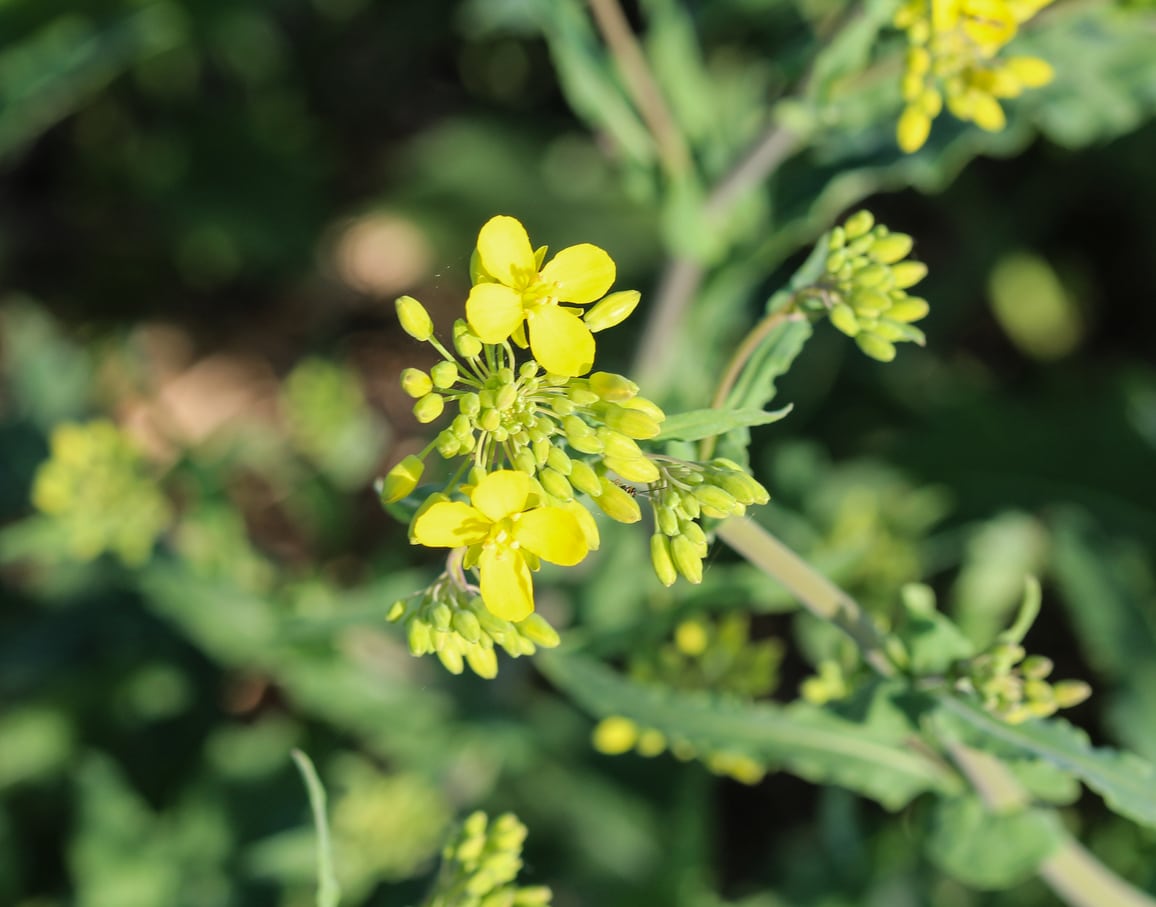
Wintercress (Barbarea vulgaris), also known as yellow rocket plant, is an herbaceous biennial plant in the mustard family. Native to Eurasia, it was introduced into North America and is now commonly found throughout the New England states. What are wintercress uses? Is wintercress edible? The following wintercress information discusses growing wintercress and its uses.
What is a Yellow Rocket Plant?
In its first year, the plant forms a rosette of leaves. In its second year, the rosette bolts up with one or more flowering stalks. This cool season annual to biennial grows to about 8-24 (20-61 cm.) inches in height. It has long leaves capped by rounded ends and with a lobed or indented lower section. The flowering rosette becomes an inflorescence of bright yellow blooms in the spring that rise up above the foliage.
Wintercress Information
Yellow rocket plant can be found in fields and along roadsides, especially those that are wet or boggy, along stream banks and amongst wetland hedges. It favors growth in cultivated fields of timothy hay and alfalfa, and since it matures prior to these crops, is often cut so the seeds travel along with the forage. The young leaves of wintercress are indeed edible in the early spring but they later become quite bitter (lending to another of its common names – bittercress). Once introduced to North America, wintercress naturalized and has now become a noxious weed in some states, as it easily reseeds itself.
Growing Wintercress Plants
Since wintercress is edible, some folks might like to grow it (provided it is okay to do so in your region – check with your local extension office first). It can grow in sandy or loamy soil but prefers full sun and moist soil. But in areas where wintercress has naturalized, it is just as easy to forage for the plant. It is simple to spot its large leaved, deeply lobed rosette during winter months and it as one of the first herbs to show itself in spring.
Wintercress Uses
Wintercress is an early source of nectar and pollen for bees and butterflies. The seeds are eaten by birds like doves and grosbeaks. Beyond its uses for animal fodder, wintercress is rich in vitamins C and A, and was an anti-scurvy plant in the day before vitamin C was readily available. In fact, another common name for wintercress is scurvy grass or scurvy cress. Young leaves, those before the plant blooms on second year plants or those after the first fall frost on first year plants, can be harvested as salad greens. Once the plant blossoms, the leaves become too bitter to ingest. Only use small amounts of raw chopped leaves at a time, more as you would when harvesting and employing it as an herb rather than a green. It is said that the ingestion of too much raw wintercress can lead to kidney malfunction. Otherwise, it is advisable to cook the leaves. They can be used in stir fries and the like and apparently taste like strong, stinky broccoli.
Gardening tips, videos, info and more delivered right to your inbox!
Sign up for the Gardening Know How newsletter today and receive a free copy of our e-book "How to Grow Delicious Tomatoes".

Amy Grant has been gardening for 30 years and writing for 15. A professional chef and caterer, Amy's area of expertise is culinary gardening.
-
 How To Grow Seeds Quickly: 8 Expert Tricks For Fast Flowers & Crops
How To Grow Seeds Quickly: 8 Expert Tricks For Fast Flowers & CropsIt's never too late to start growing! Jump-start your flower or vegetable garden with these pro tips and tricks for germinating seeds in record time.
By Amy Grant
-
 8 Perfect Flowers To Plant With Tomatoes To Boost Yields & Banish Pests
8 Perfect Flowers To Plant With Tomatoes To Boost Yields & Banish PestsDon’t forget flowers when choosing companion plants for your tomato beds or pots. These pretty, fragrant blooms add beauty but are also highly beneficial.
By Mary Ellen Ellis
-
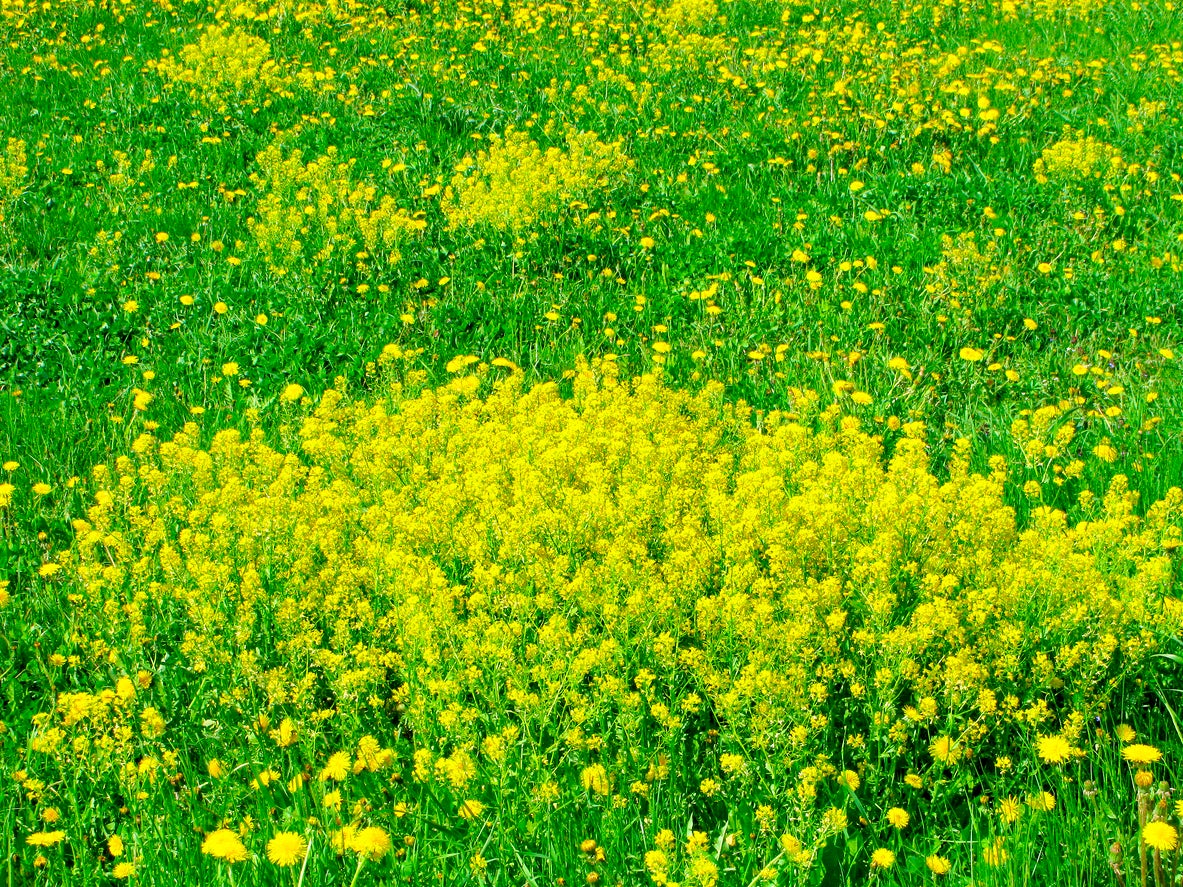 Is Wintercress A Weed – Wintercress Management Tips For Gardens
Is Wintercress A Weed – Wintercress Management Tips For GardensControlling wintercress in your garden or fields is only necessary if you consider it to be a weed and is one of the first blooms you’ll see in the spring. Click on the following article for more information on how to manage wintercress weeds.
By Mary Ellen Ellis
-
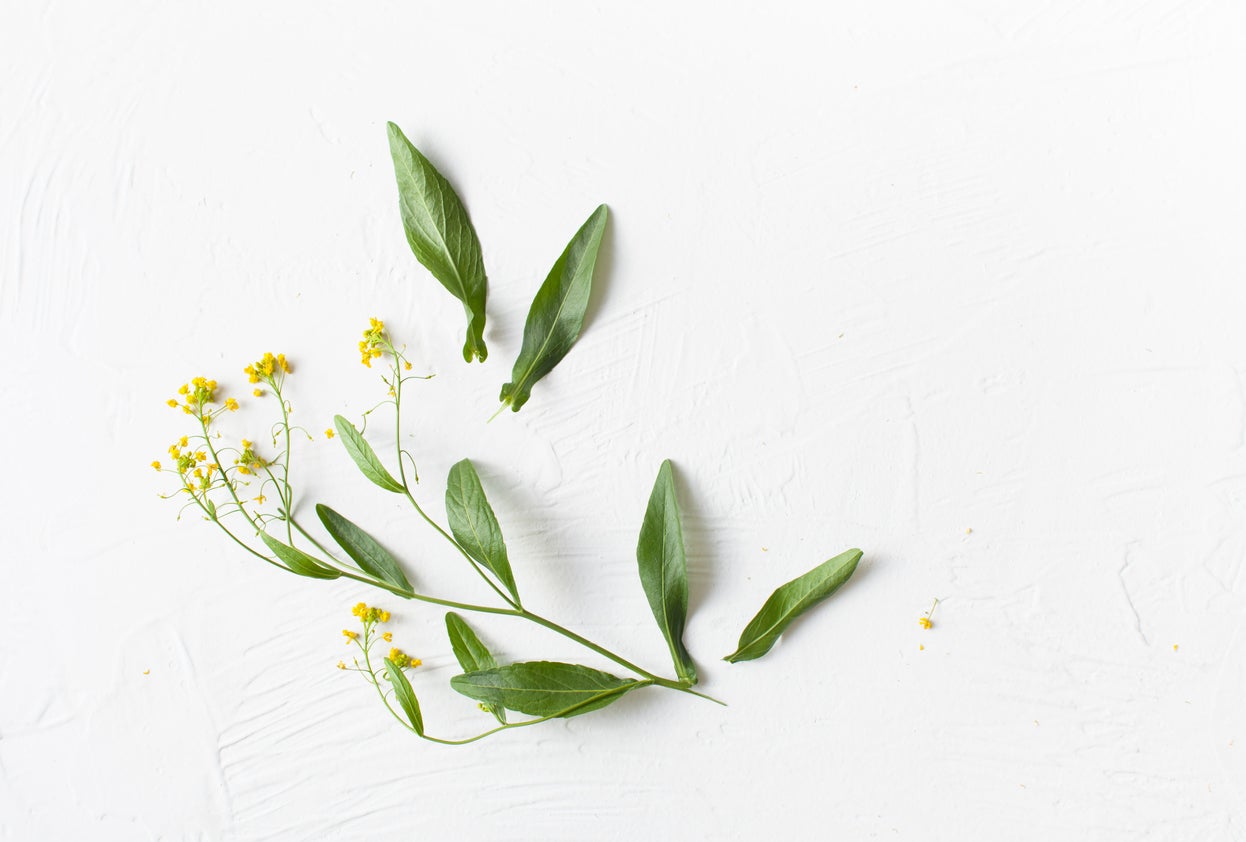 Is Wintercress Edible: Wintercress Uses Straight From The Garden
Is Wintercress Edible: Wintercress Uses Straight From The GardenWintercress is a common field plant and weed to many. It is a prolific grower, and because of this, you might wonder if you can eat wintercress greens. If you’re one of those, click this article to find out if wintercress is edible.
By Amy Grant
-
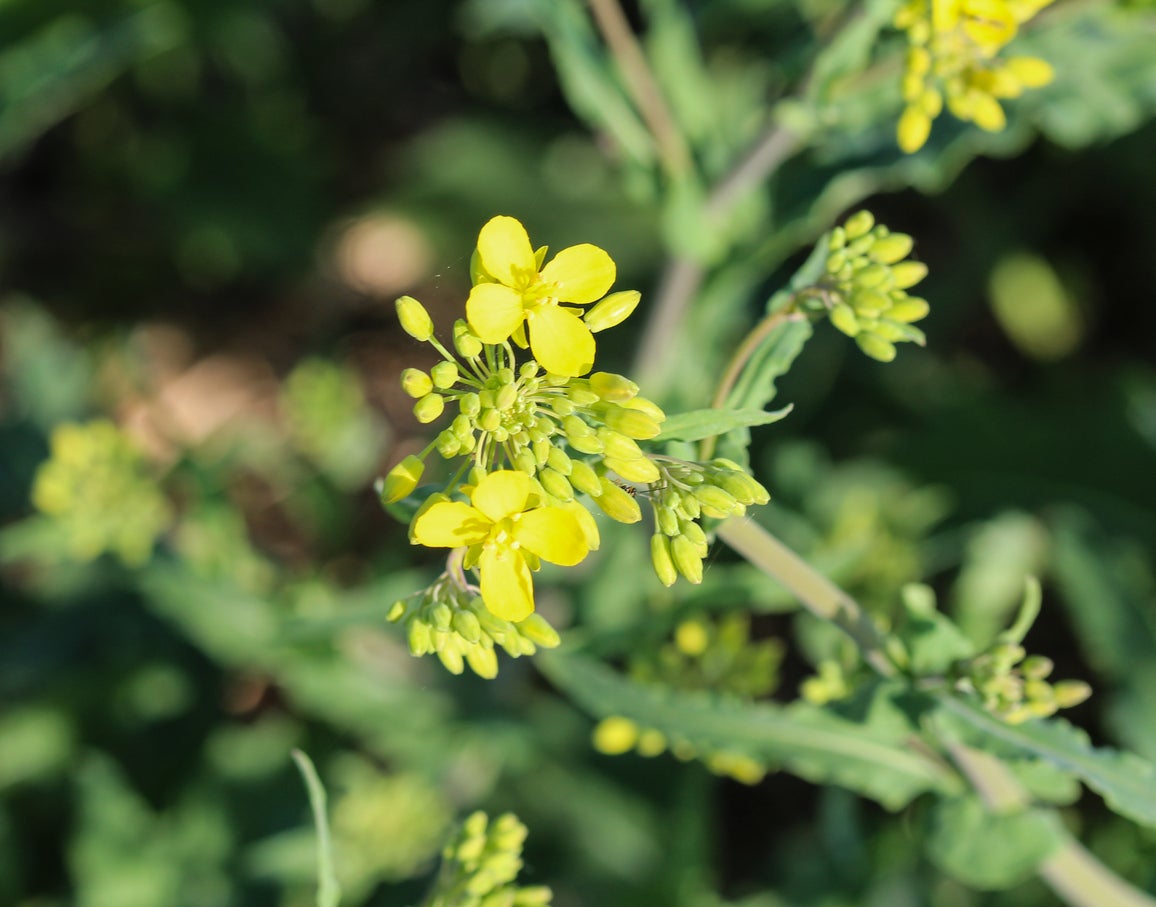 Medicinal Wintercress Uses: Information On Using Herbal Wintercress
Medicinal Wintercress Uses: Information On Using Herbal WintercressHerbal wintercress is one of those storied plants that has centuries of reliable medicinal uses. The wild green is also an excellent source of vitamins and minerals. Medicinal wintercress is so hardy it can often be harvested year around. Learn about wintercress remedies here.
By Bonnie L. Grant
-
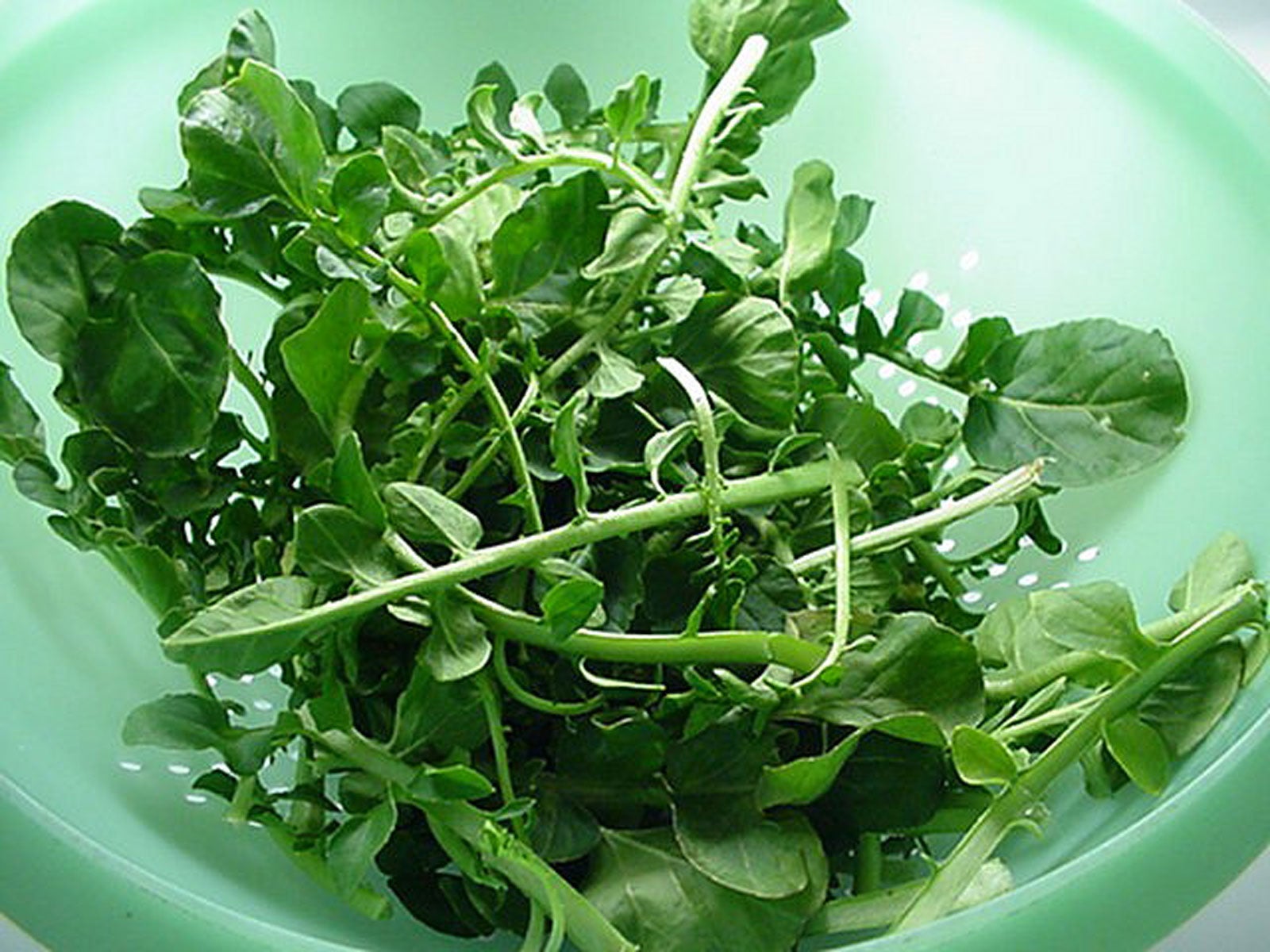 Wintercress Uses: What To Do With Wintercress Plants
Wintercress Uses: What To Do With Wintercress PlantsIf there is a wooded spot in your yard, you may find wintercress growing there. You might consider it just a weed and get rid of it early, only to find more returning. But there’s so much more to wintercress than weeds – Click here to learn about eating wintercress greens.
By Becca Badgett